The U.S. Department of Energy (DOE) today announced $264 million in funding for 29 projects to develop solutions for the scientific challenges underlying DOE’s Energy Earthshots™ Initiative to advance clean energy technologies within the decade. The funding will support 11 new Energy Earthshot Research Centers led by DOE National Laboratories and 18 university research teams addressing one or more of the Energy Earthshots™ that are focused on six different areas, including industrial decarbonization, carbon storage, and offshore wind. The Department launched the Energy Earthshots Initiative to spur decarbonization efforts that will help the United States meet President Biden’s ambitious climate and clean energy goals, including a 50% reduction in carbon emissions by 2030 and a net-zero carbon economy by 2050.
Tag: Georgia Institute Of Technology
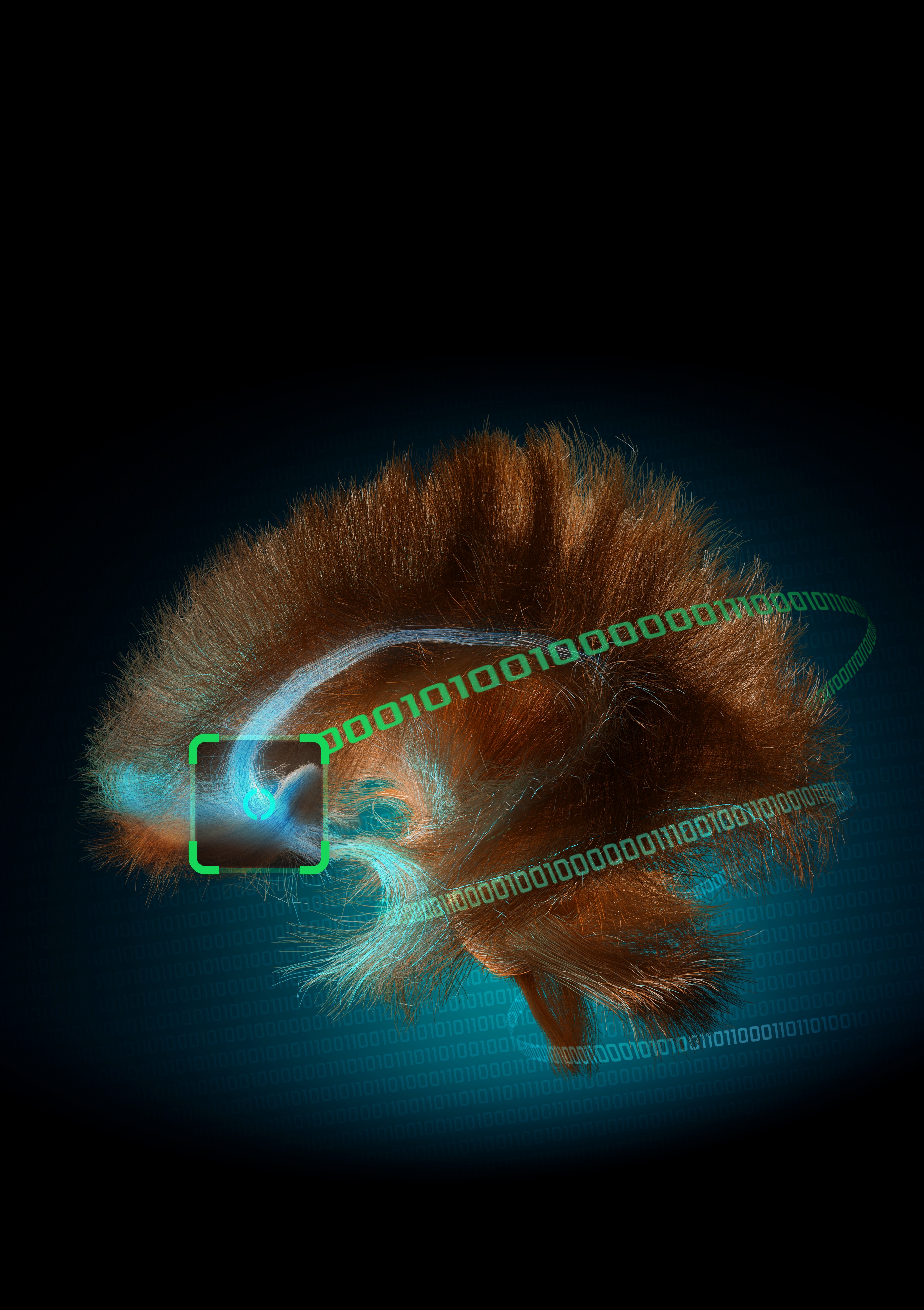
Decoding Depression: Researchers Identify Crucial Biomarker That Tracks Recovery From Treatment-Resistant Depression
A team of leading clinicians, engineers, and neuroscientists has made a groundbreaking discovery in the field of treatment-resistant depression.
Finding Game-Changing Superconductors with Machine Learning Tools
Superconductors – found in MRI machines, nuclear fusion reactors and magnetic-levitation trains – work by conducting electricity with no resistance at temperatures near absolute zero, or -459.67F. The search for a conventional superconductor that can function at room temperature has been ongoing for roughly a century, but research has sped up dramatically in the last decade because of new advances in machine learning (ML) using supercomputers such as Expanse at the San Diego Supercomputer Center (SDSC) at UC San Diego.
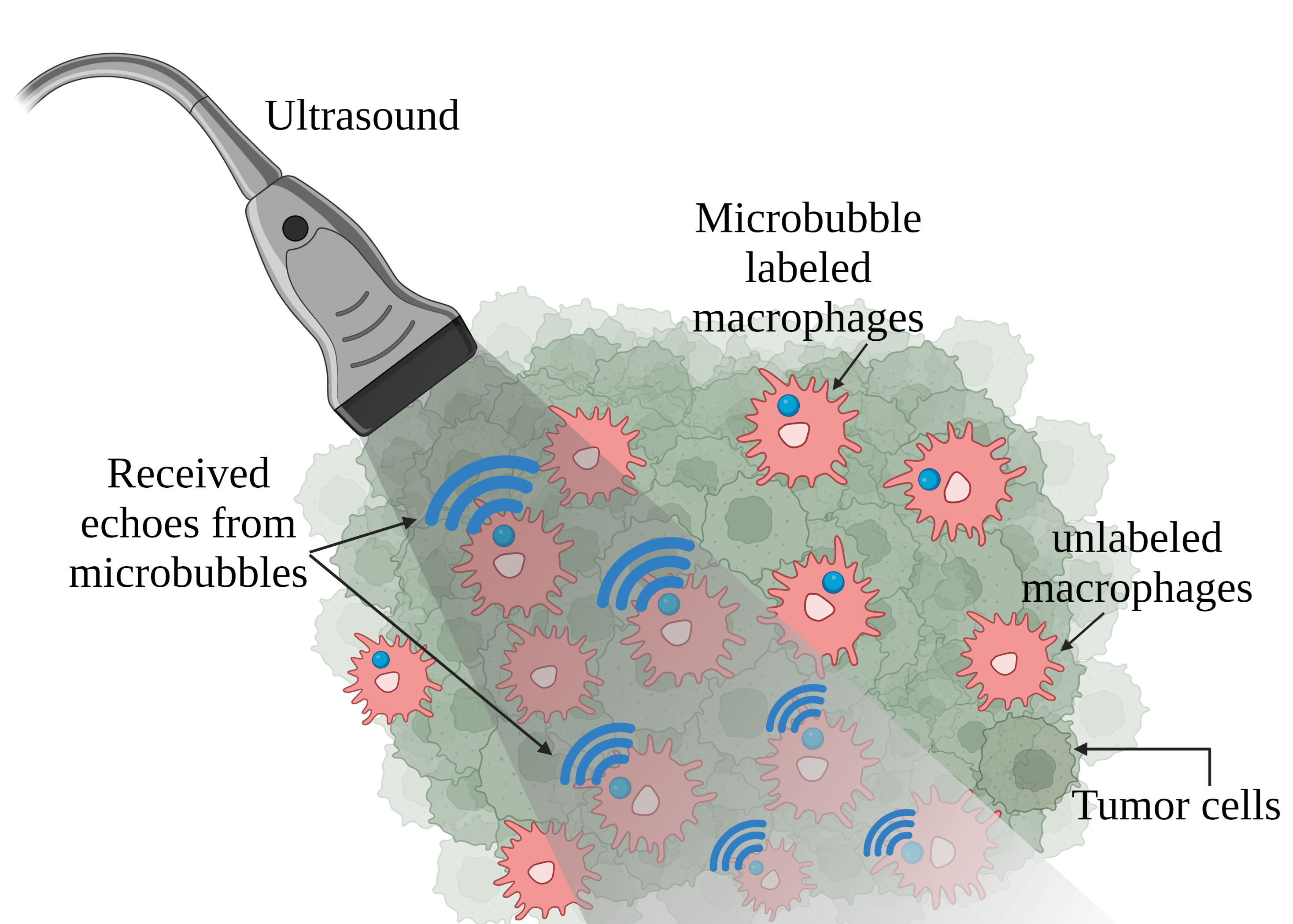
Microbubble Macrophages Track Tumors #ASA184
At the 184th ASA Meeting, Ashley Alva of the Georgia Institute of Technology will describe how attaching microbubbles to macrophages, a type of white blood cell, can create high-resolution and sensitive tracking images useful for disease diagnosis. Because of the attached microbubbles, the cells sent back an echo when hit with ultrasound, which is nonionizing and noninvasive and has great depth of penetration. This allowed the team to visualize the macrophages in vivo with high resolution and sensitivity. Visualizing macrophages in vivo could also provide a powerful tool for understanding immune responses and monitoring therapeutic efficacy.
Listen to the Toilet — It Could Detect Disease #ASA183
Researchers describe how a noninvasive microphone sensor could identify bowel diseases without collecting any identifiable information. They tested the technique on audio data from online sources, transforming each audio sample of an excretion event into a spectrogram, which essentially captures the sound in an image. The images were fed to a machine learning algorithm that learned to classify each event based on its features. The algorithm’s performance was tested against data with and without background noises.
Muscle Models Mimic Diabetes, Inform Personalized Medicine
Scientists are using in vitro skeletal muscle engineering to gain a better understanding of the complex genetic and environmental factors underlying diabetes, putting lab-grown, healthy skeletal muscle tissues in a state resembling diabetes or growing skeletal muscle from diabetic patients’ muscle stem cells. In Biophysics Reviews, researchers describe how skeletal muscle engineering has advanced significantly during the past few decades and recent developments that make it easier to explore diabetes in humans and have led to more personalized medicine.
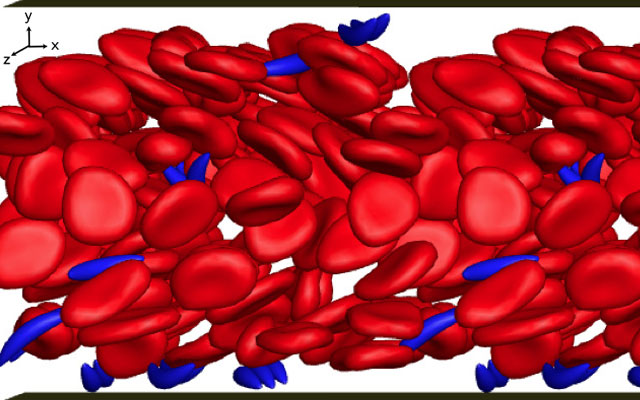
Supercomputer Modeling Aids Sickle Cell Research Discovery
Researchers recently created detailed simulations showing how stiff red blood cells flow through blood vessels, deforming and colliding along the way.
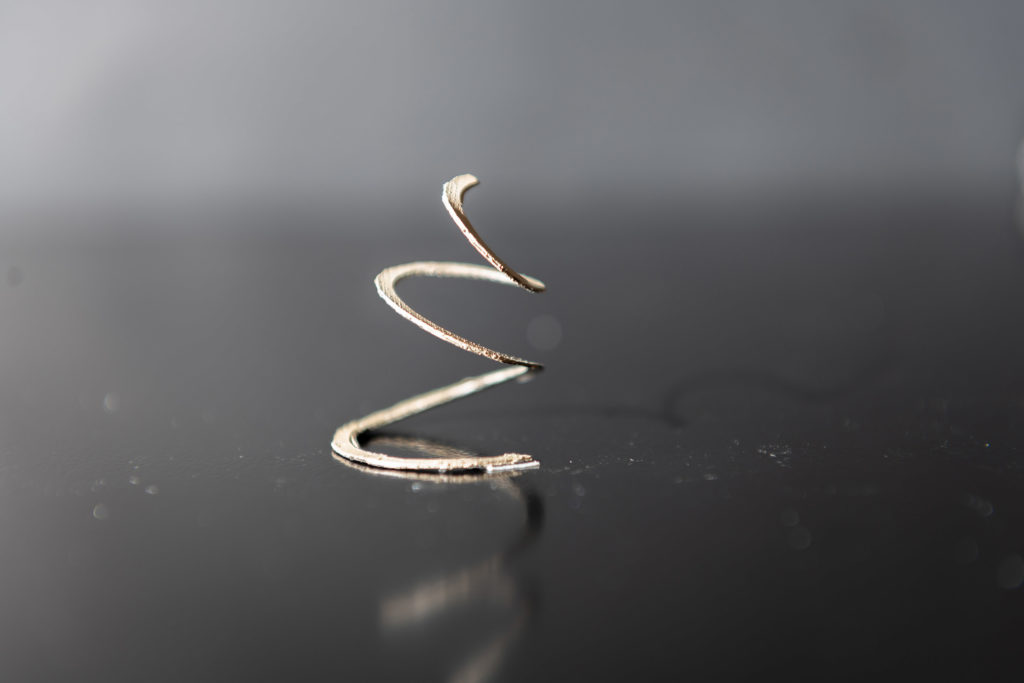
Tiny Magnetic Particles Enable New Material to Bend, Twist, and Grab
A team of researchers from the Georgia Institute of Technology and The Ohio State University has developed a soft polymer material, called magnetic shape memory polymer, that uses magnetic fields to transform into a variety of shapes. The material could enable a range of new applications from antennas that change frequencies on the fly to gripper arms for delicate or heavy objects.
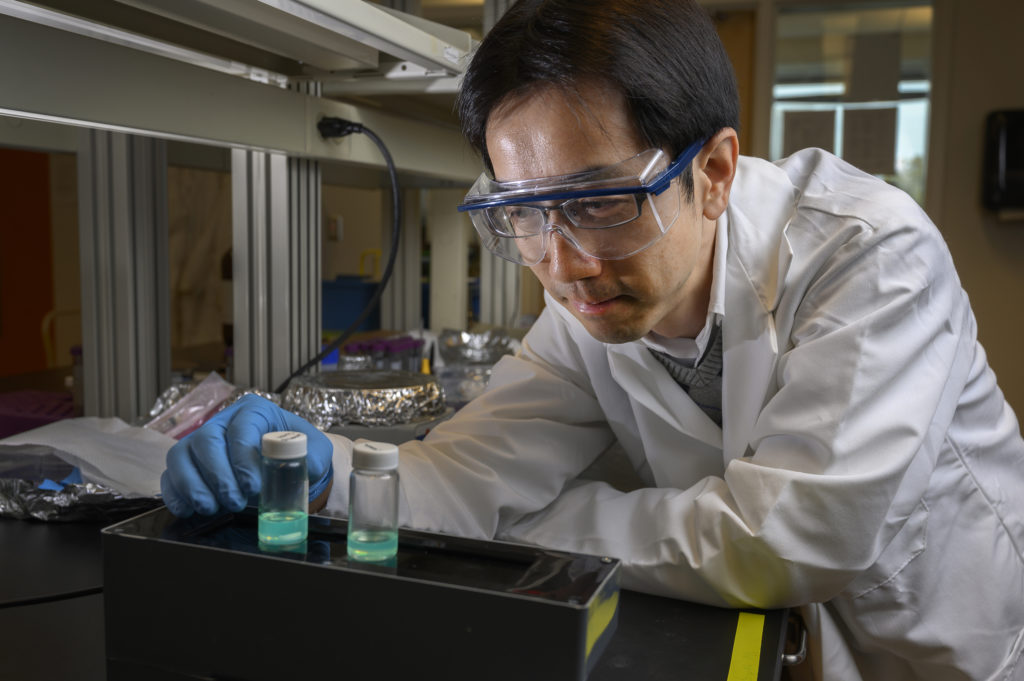
Armored With Plastic ‘Hair’ and Silica Shell, New Perovskite Nanocrystals Show Enhanced Durability
Researchers at the Georgia Institute of Technology have demonstrated a novel approach aimed at addressing perovskite’s durability problem: encasing the perovskite inside a double-layer protection system made from plastic and silica.